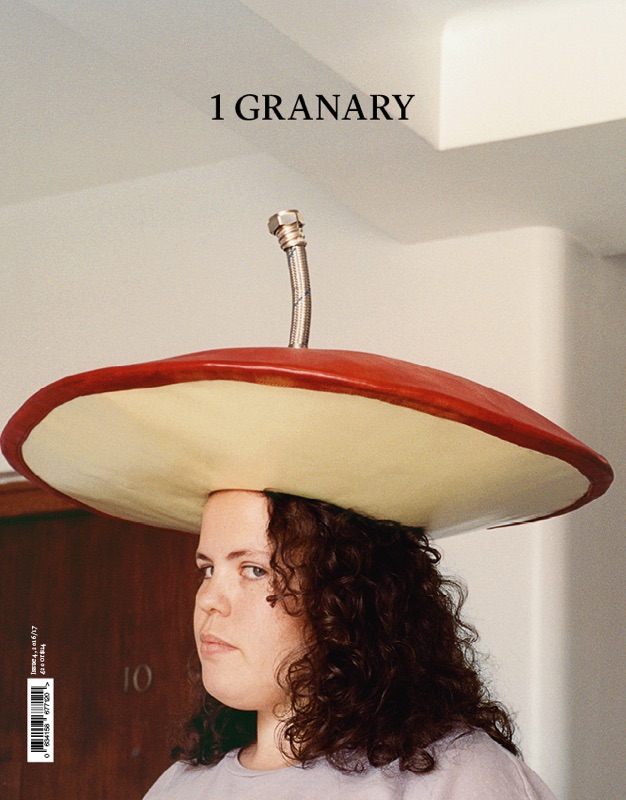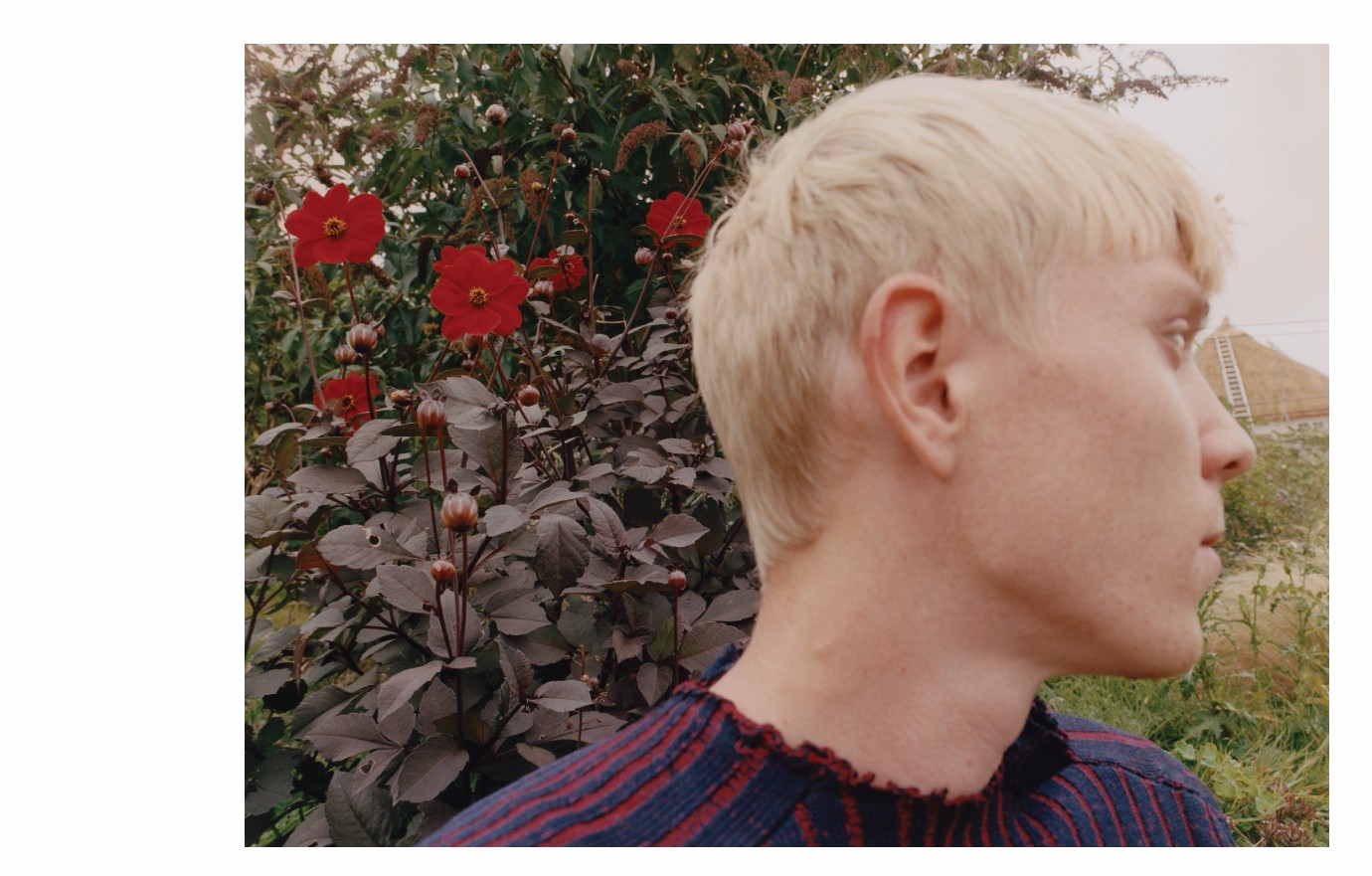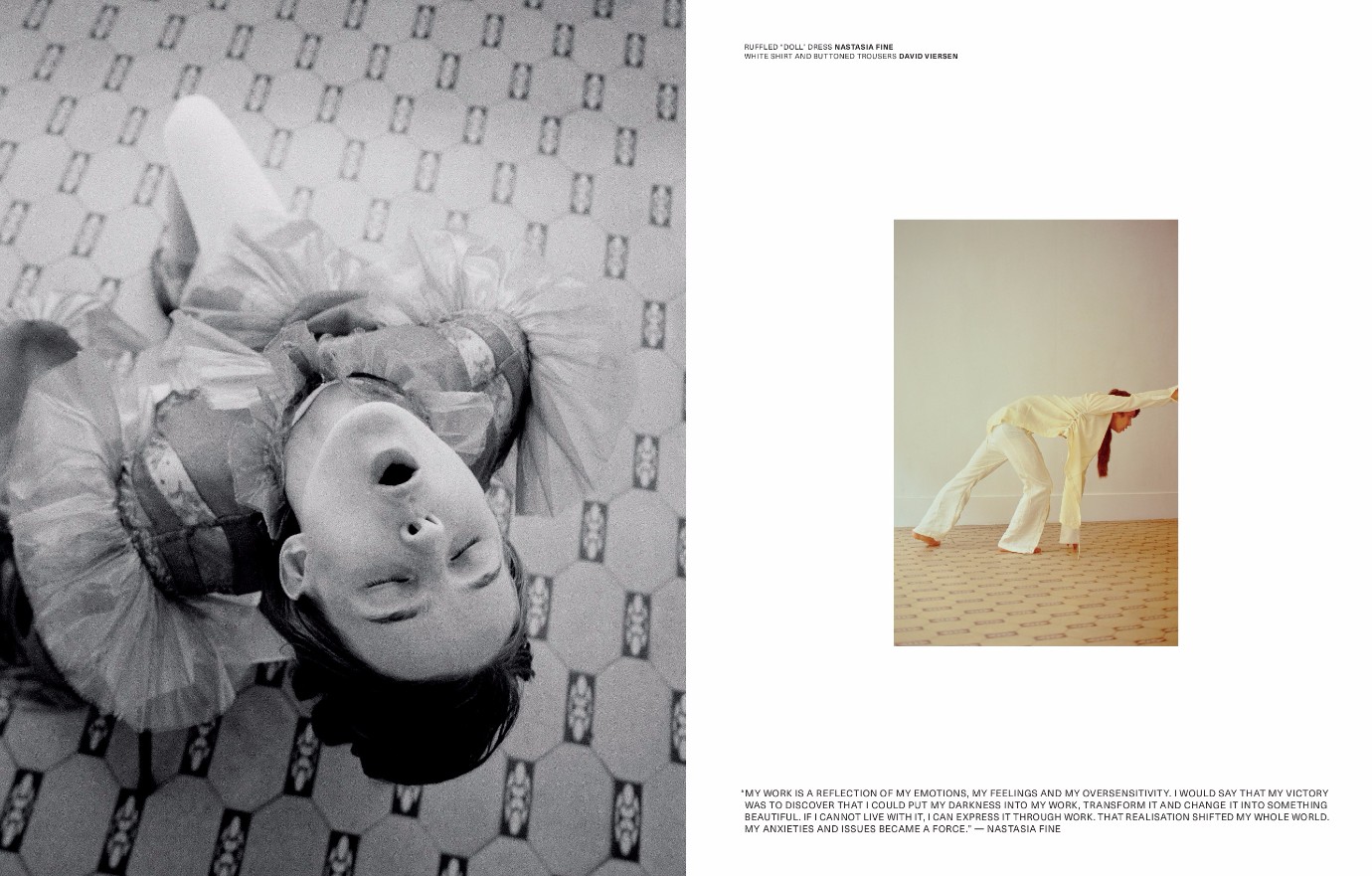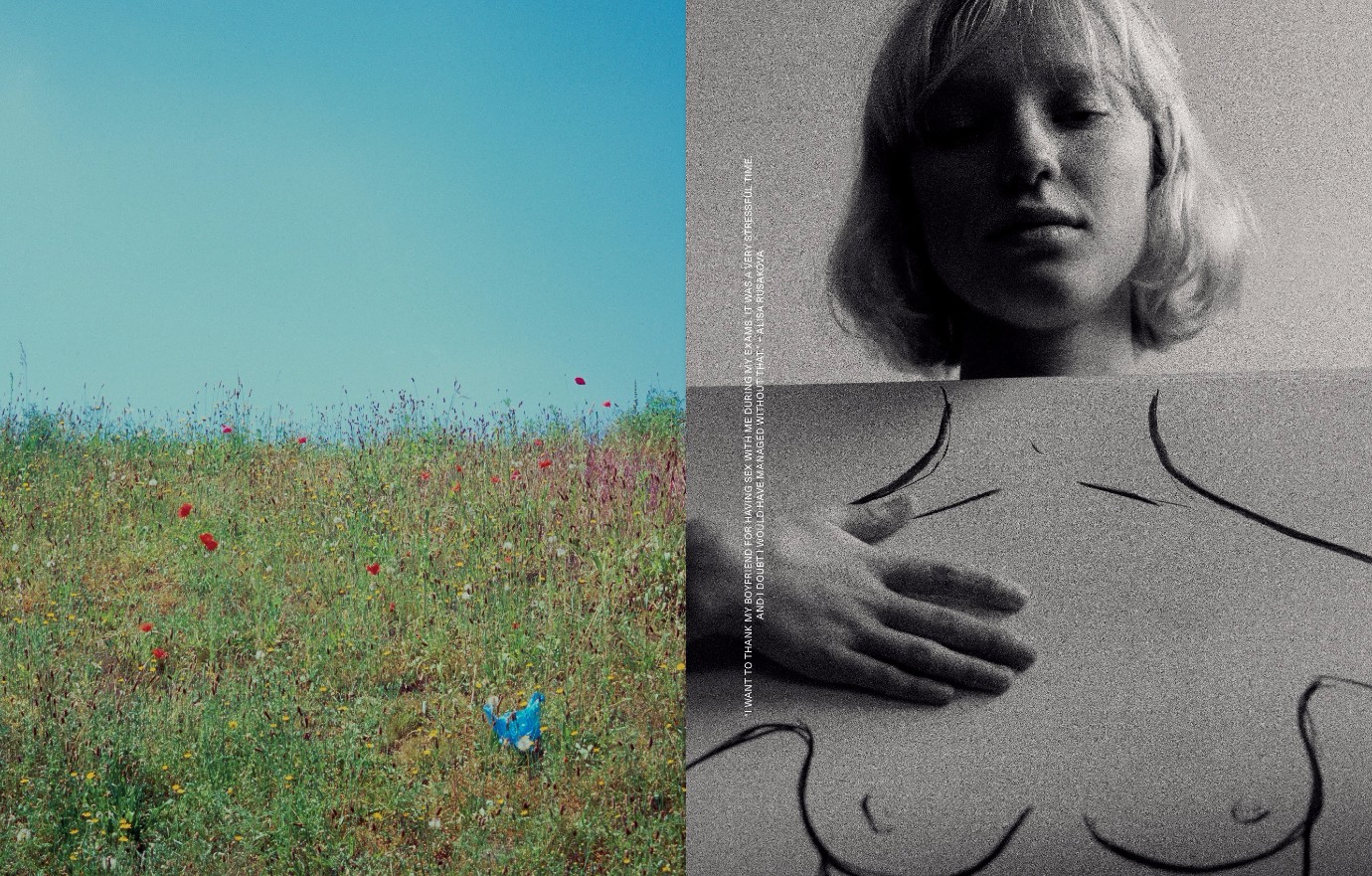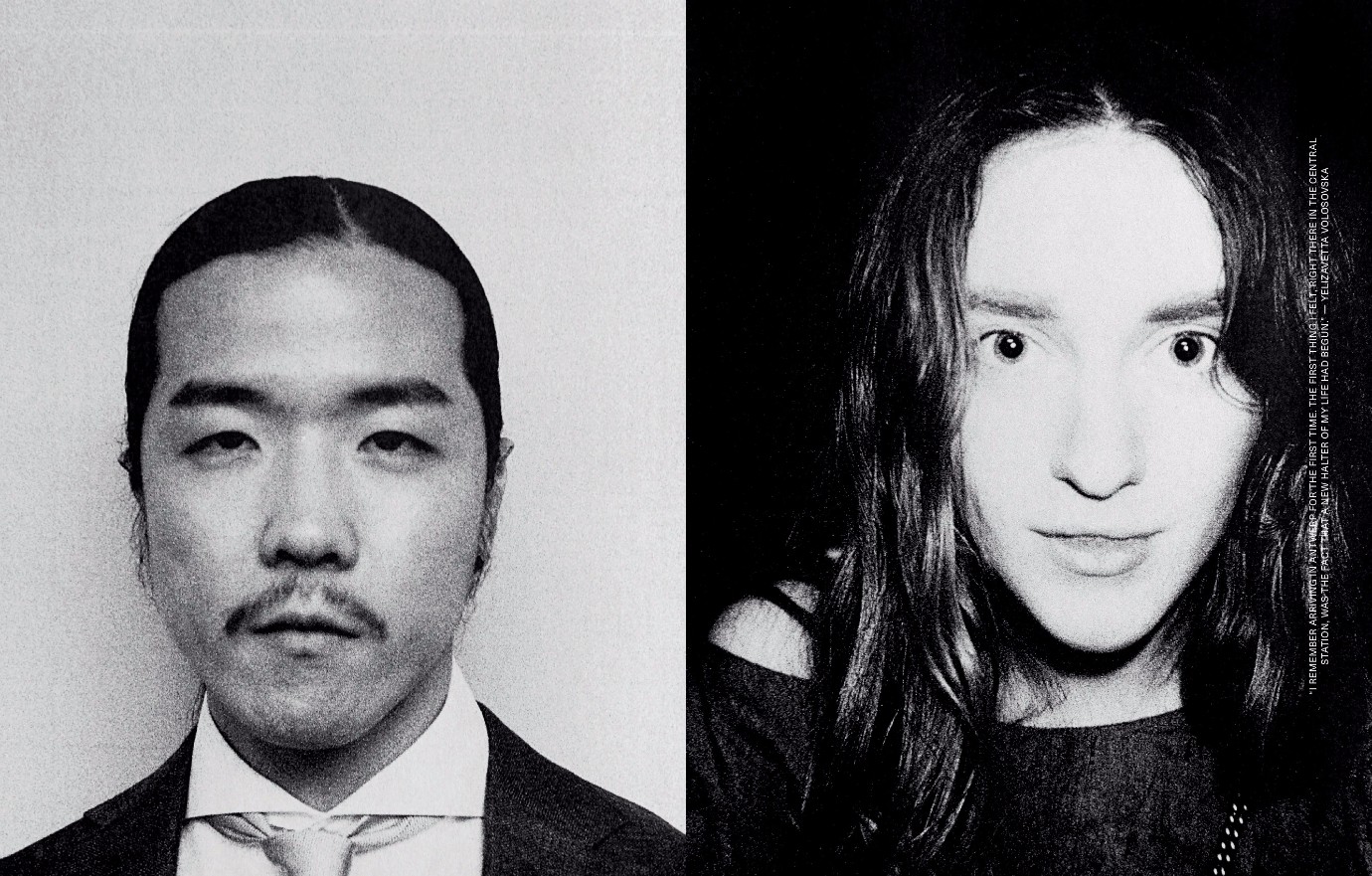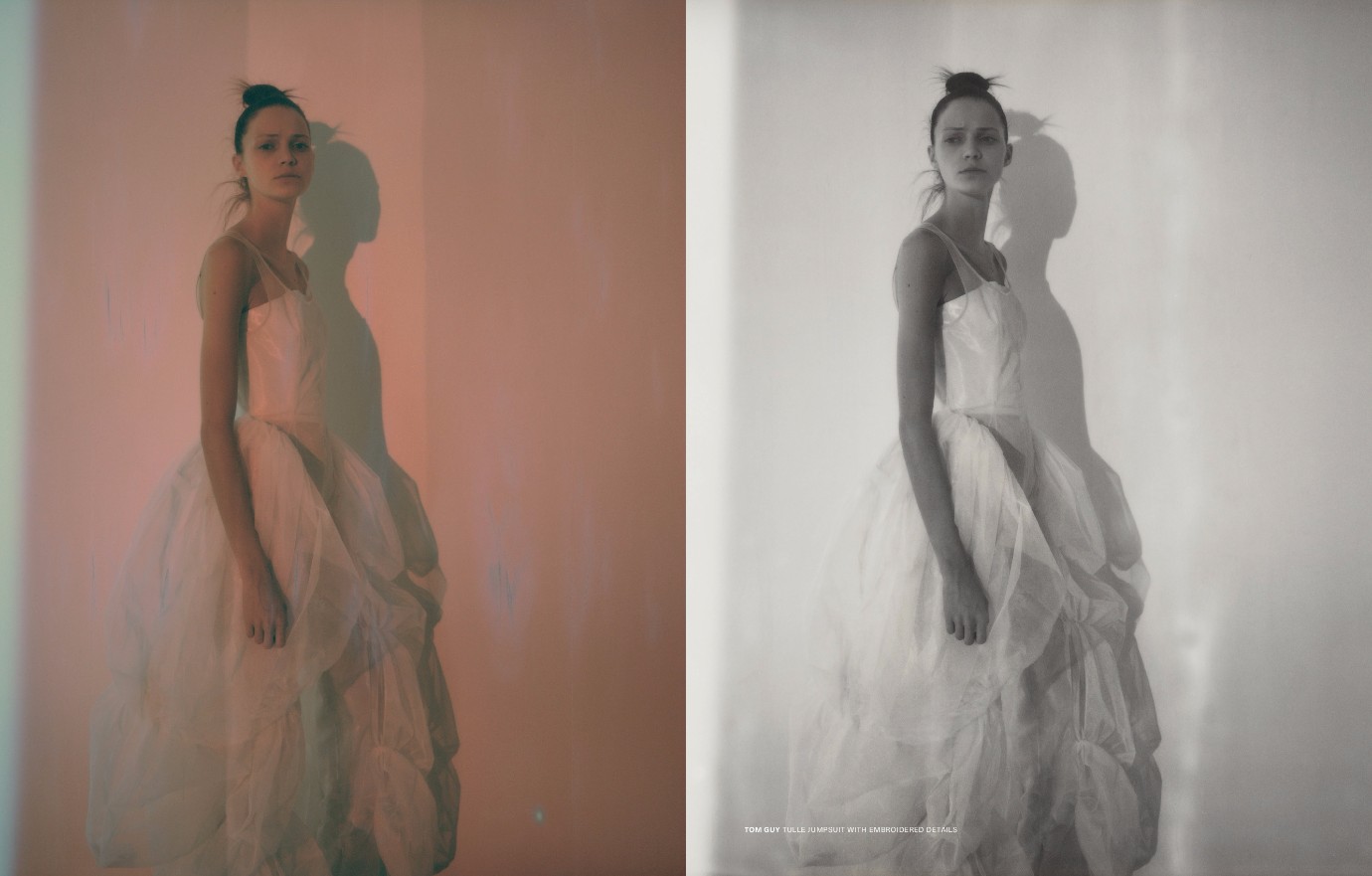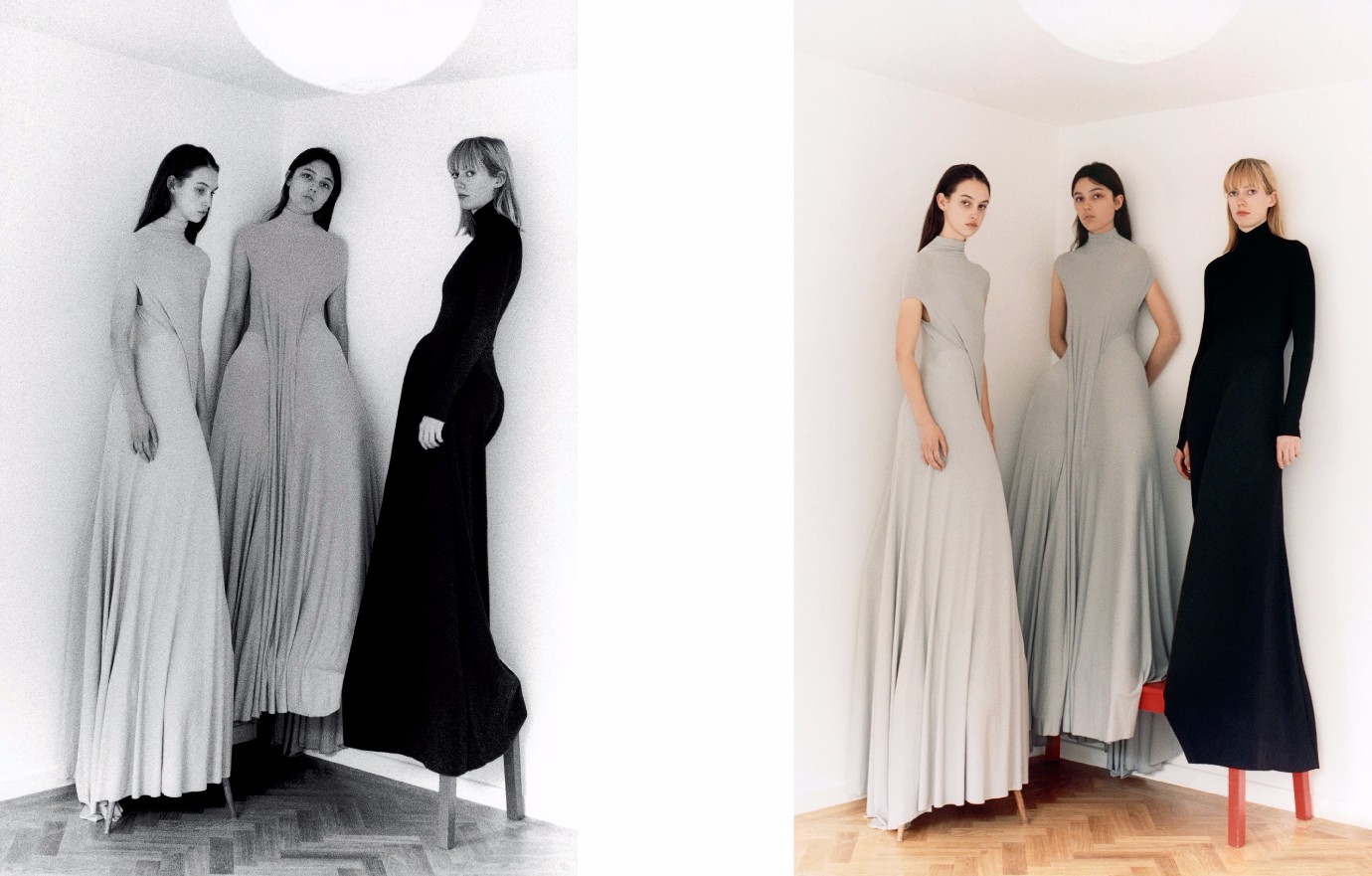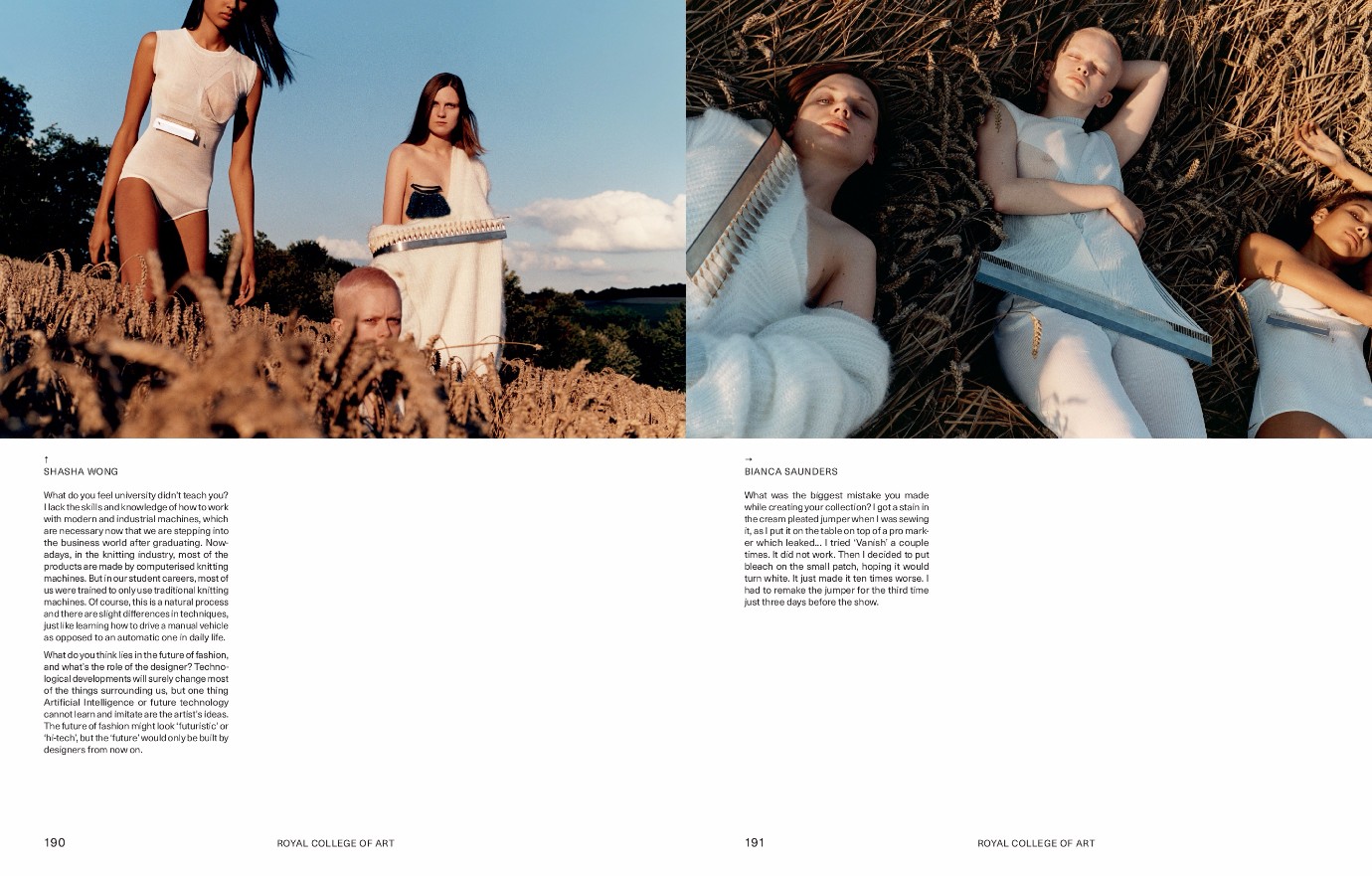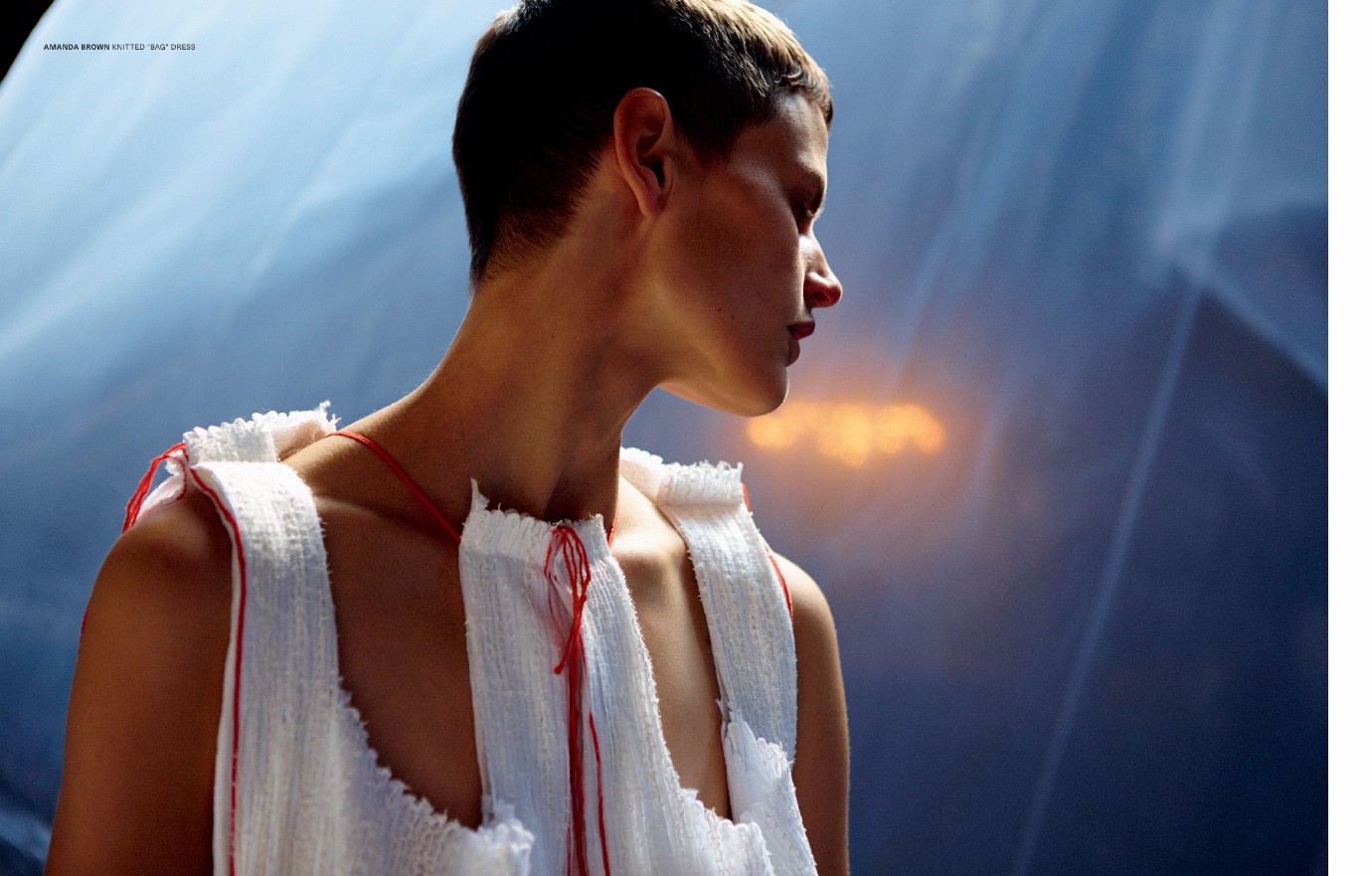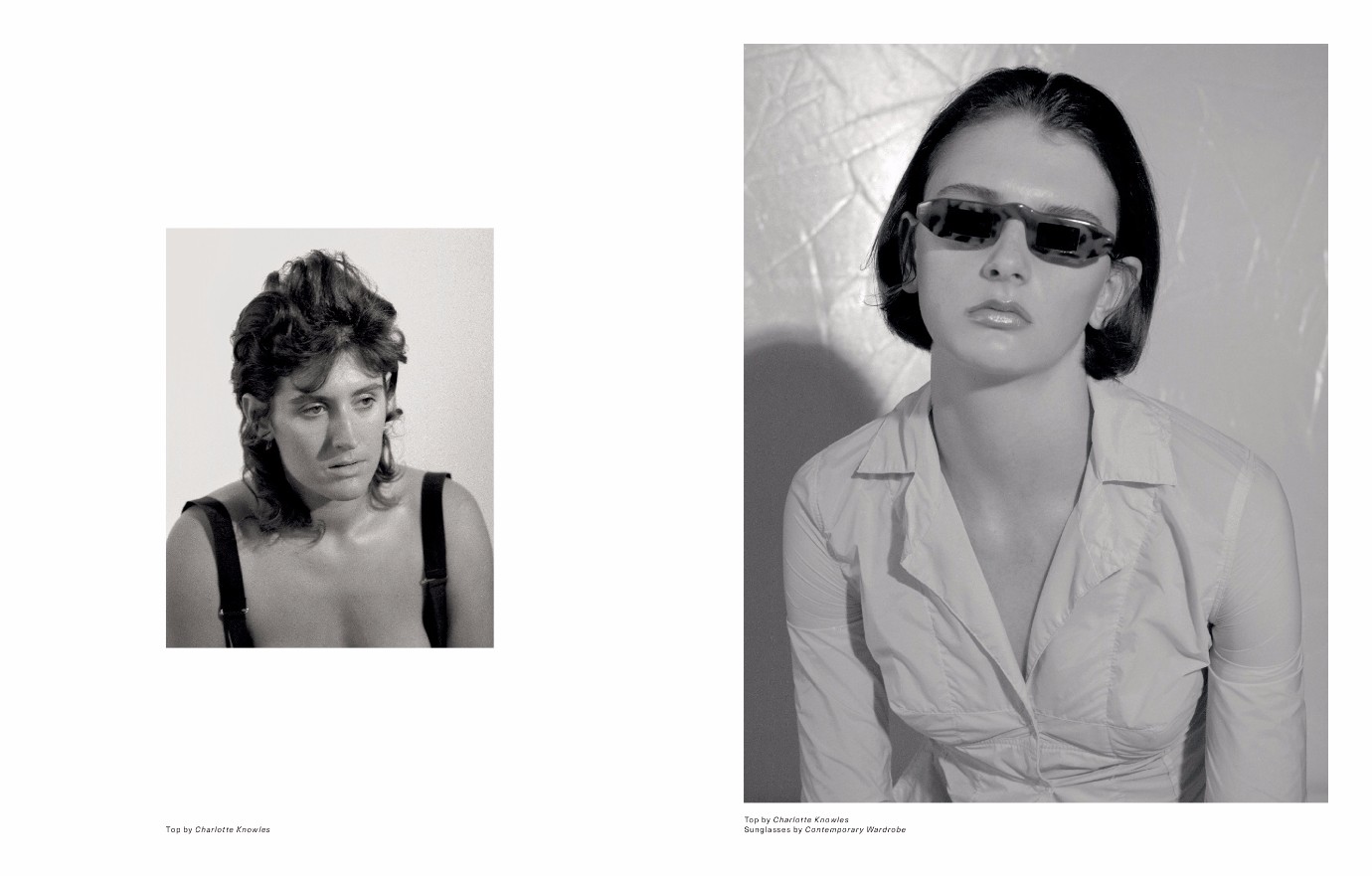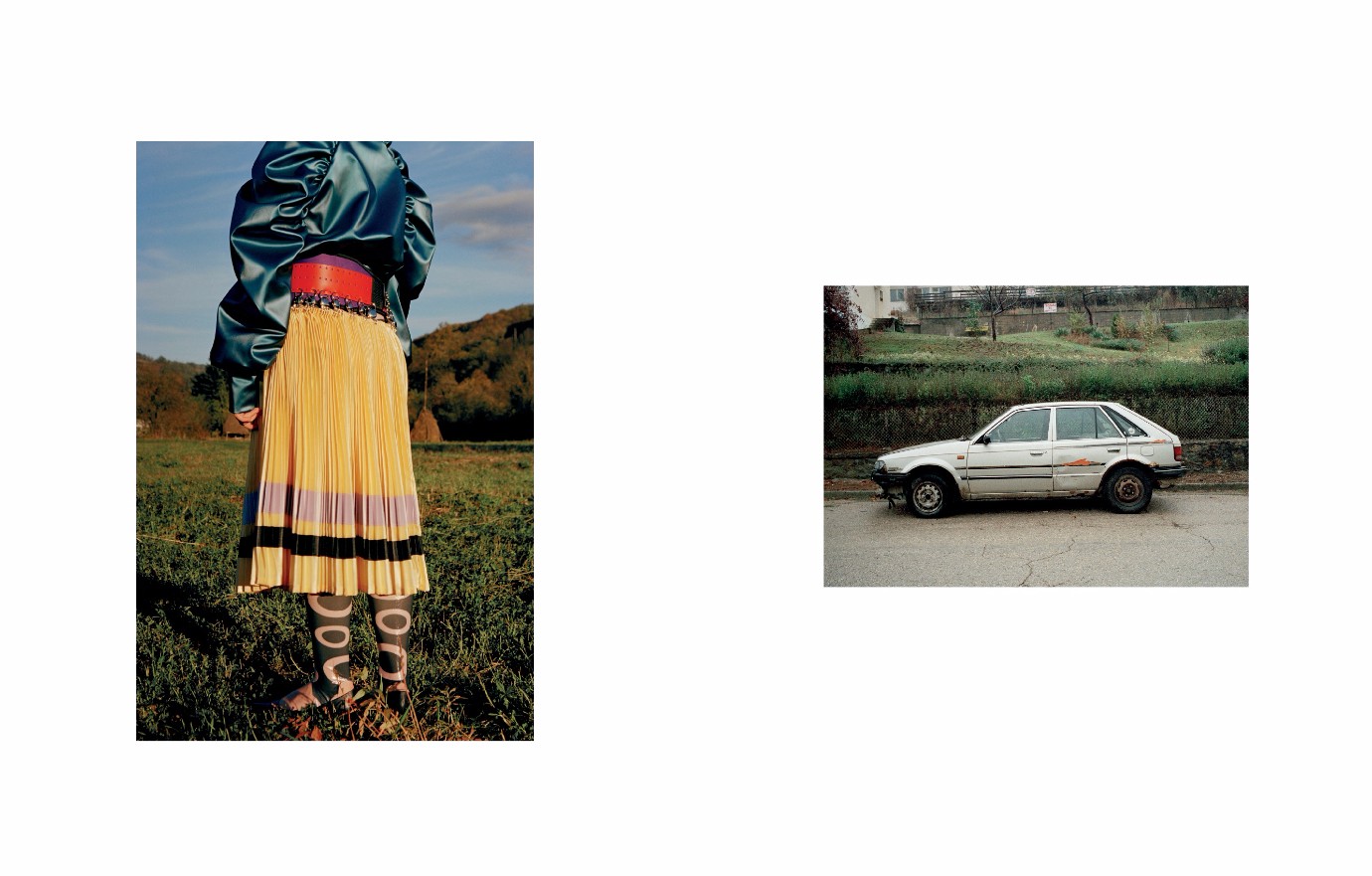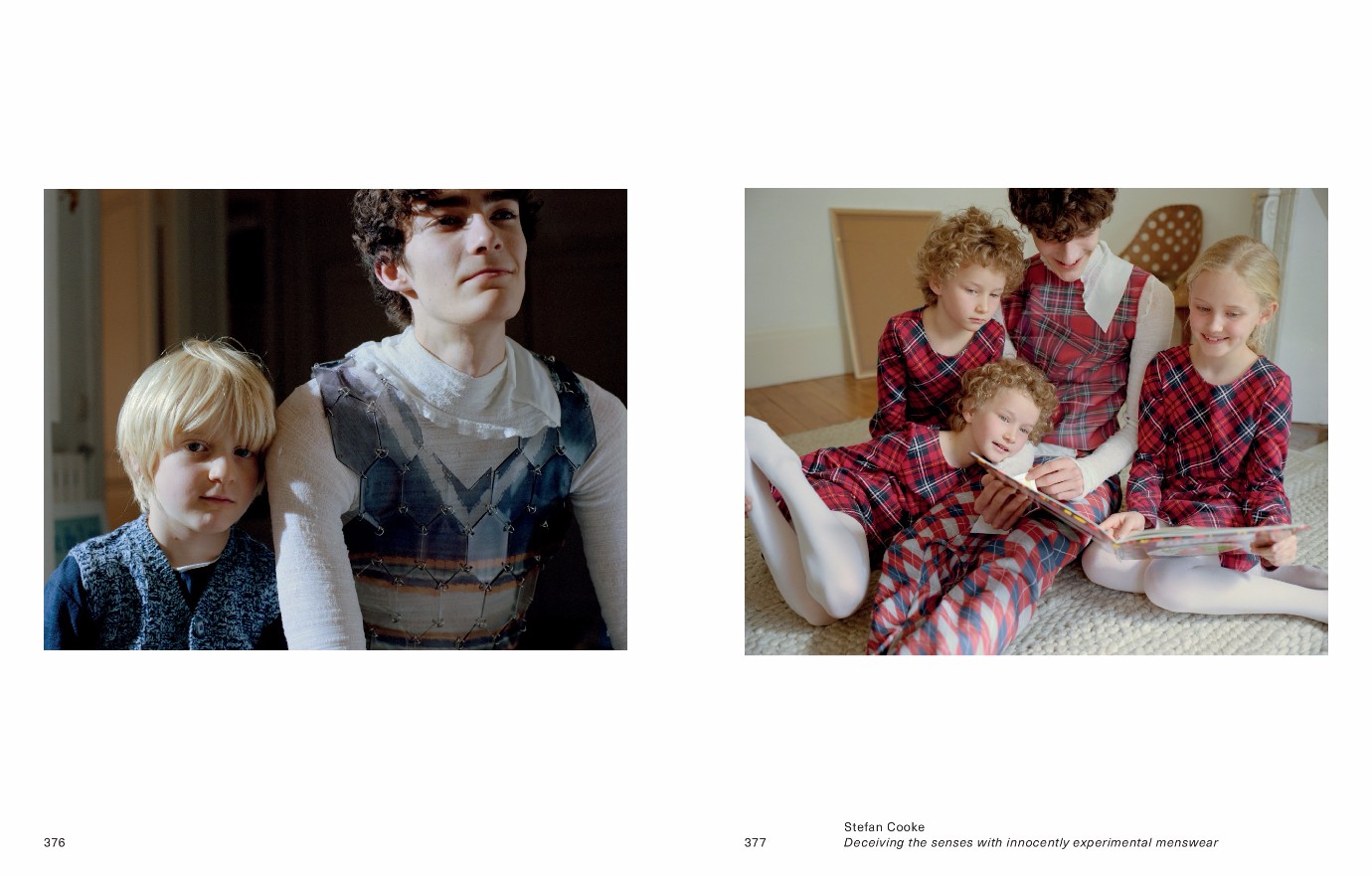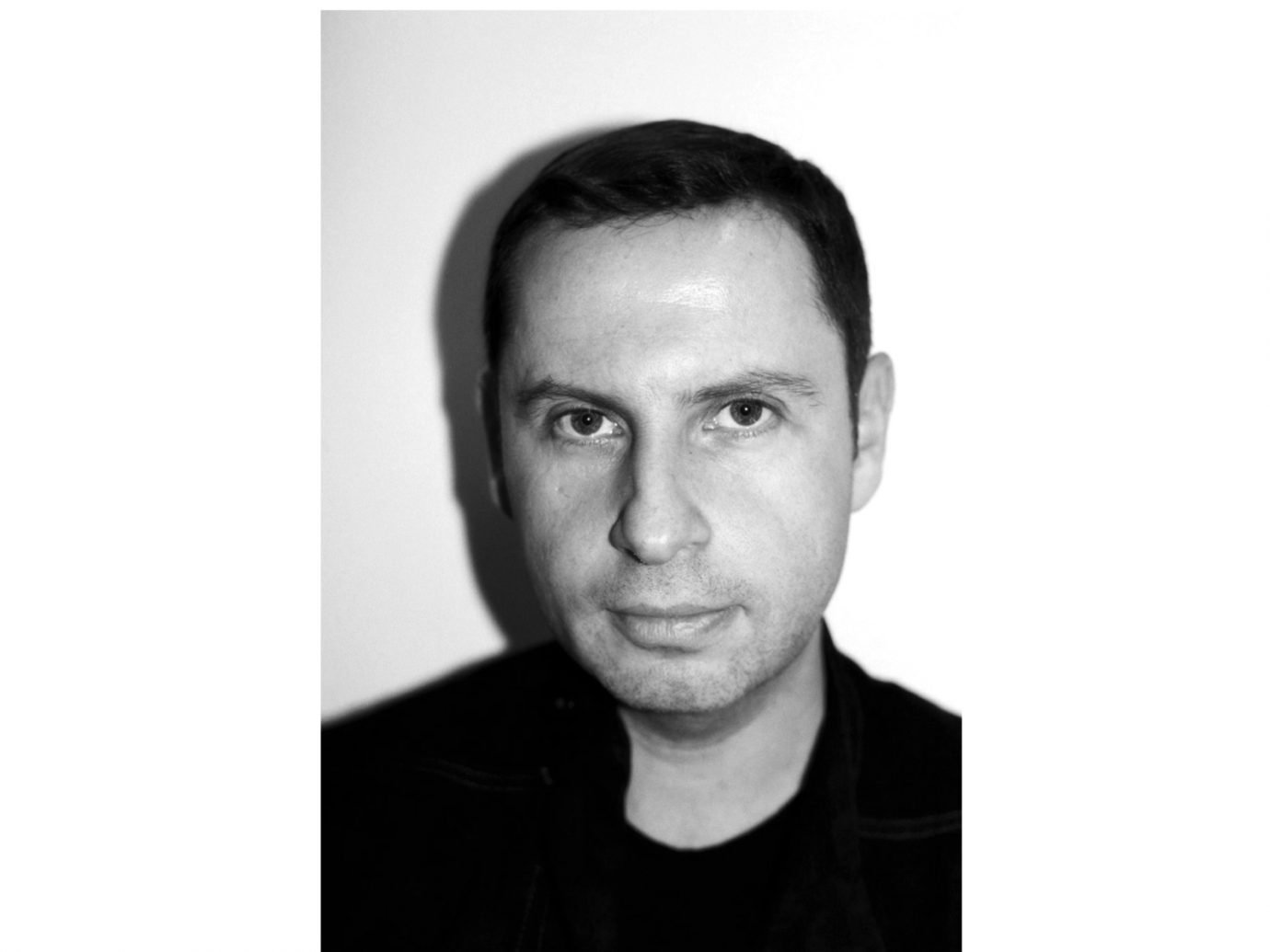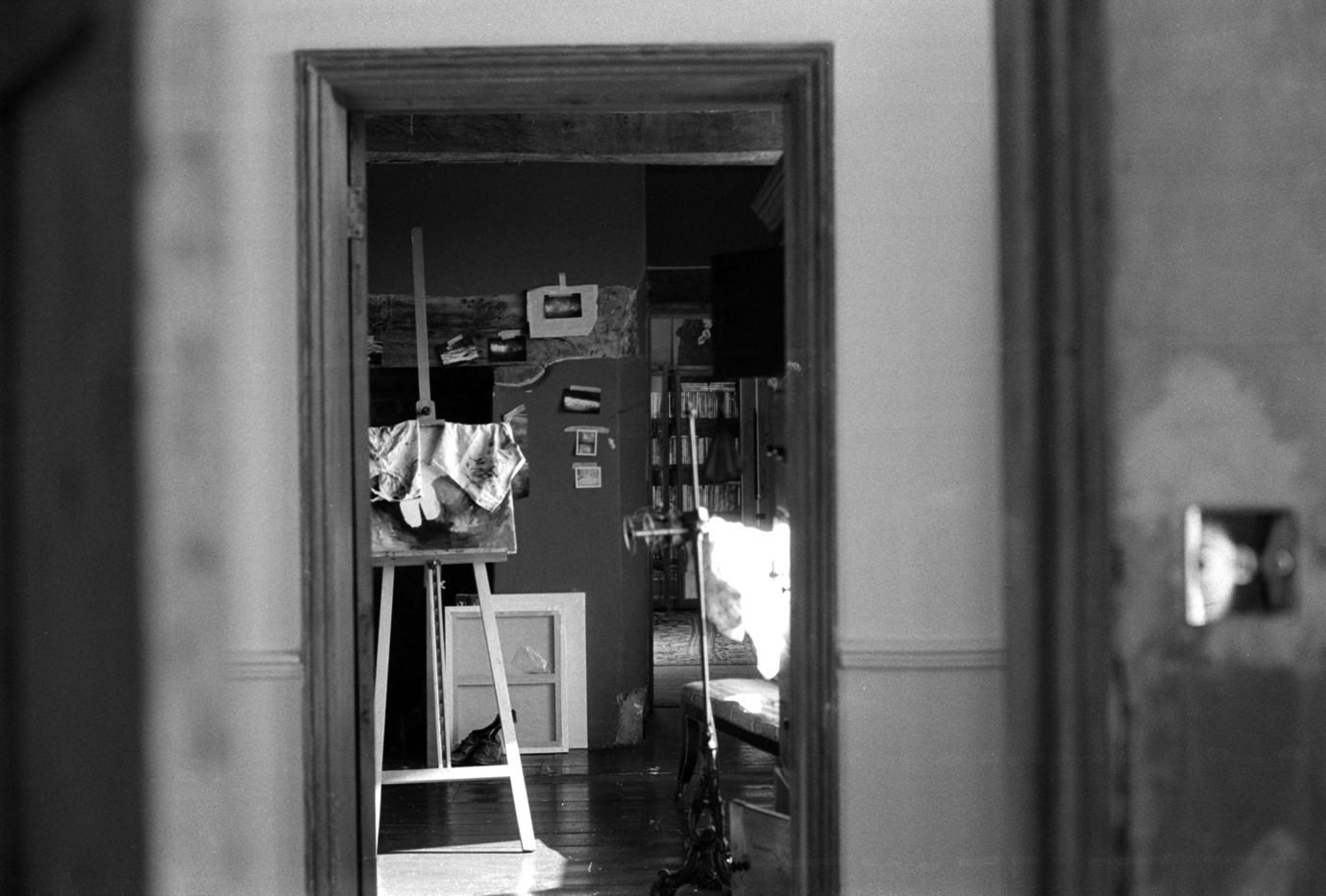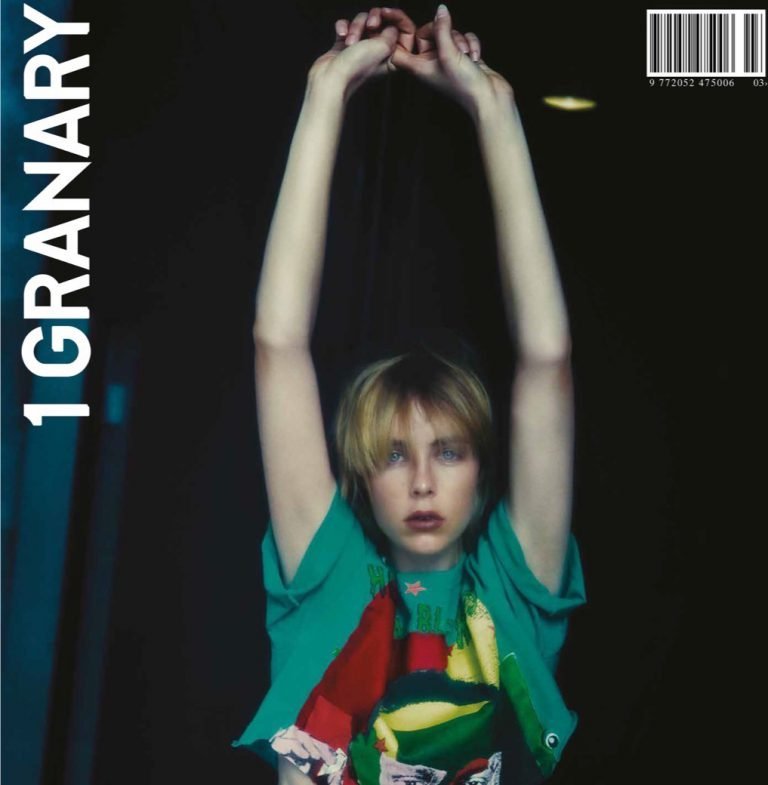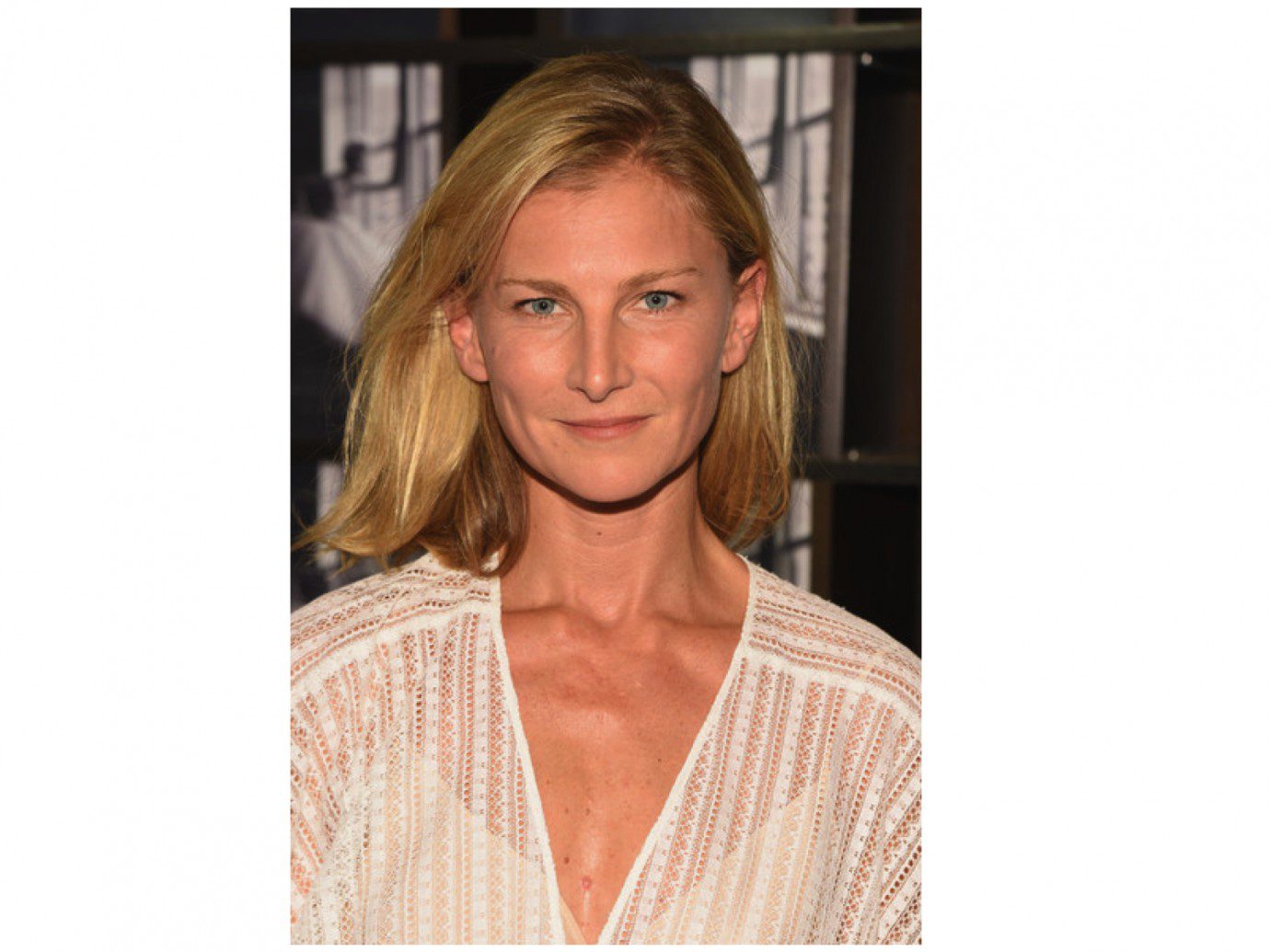This year, we went looking for roads untraveled. When it comes to young talent, what we plead for is a framework that differs from what’s already in place. The young should not have to compete with the well-established. They should not strive to follow the rules set in place. By all means, see-now-buy-now will never work for those in their third season, who have only just fostered relationships with their suppliers, press and buyers. Designers need the time and space to make mistakes and experiment; to be educated, to question and challenge the status quo, to work on their own terms, and find a manner in which to co-exist with ‘the great’.
“Designers leave university educated thoroughly in the expression of their concepts, yet lack the ability to apply these skills to real life, sink or swim situations.”
But that’s a hard feat. Because the truth is, more frequently than not, designers leave university educated thoroughly in the expression of their concepts, yet lack the ability to apply these skills to real life, sink or swim situations. Only a practical application of knowledge functions as a buoy in the storm of fashion business, and only a truthful reflection of reality will make designers understand how to operate in the industry. How do we decode, digest and apply all the information that we’re fed by the media and figureheads? How do we filter out what’s true and what’s false; what is real, what’s behind the sugar-coated curtain? Consider the conversations continually taking place within media spheres, predominantly those in the past three years. They tend to focus on ‘the musical chairs’ of designer appointments, ‘the speed of the industry’, or speak of what’s ‘wrong’ on a large scale with no concrete solutions. This is all too abstract for a designer who is twenty-five and has to make pressing decisions: “Do I intern? Do I start my label? Where do I gain, where do I lose?”We are surrounded by young designers who look at their field by taking a step back and recalibrating. From experienced voices like Mary Katranzou’s CEO Trino Verkade to young graduates like Markus Wernitznig and Jing Tan, they question the typical road that young graduates and brands are encouraged to take. There’s a power in stepping back and saying no. We want to get you thinking, questioning, changing, proposing, taking action both theoretically and practically. Yet we are not gloomy: we look at the world of fashion with an excited eye, seeing many of the possibilities and avenues that can be taken.With the help of Robi Rodriguez, we dove into students’ personal and emotional journey at college. We travelled around the globe with Chris Rhodes and Joyce NG, visiting new fashion schools (in Shanghai, Kyiv and Helsinki respectively) next to our trusted partners, shot by Sam Rock, Richard Bush, James Robjant, Daniel Jackson, Max Von Gumppenberg & Patrick Bienert. We worked closely with designers, stylists and photographers on the launch of VOID, a new support platform for young talent.We spoke to the most experienced and critical in our industry. Sitting down with Dazed co-founder Jefferson Hack, Cathy Horyn fashion’s most authoritative critic, Belgian design legend Olivier Theyskens, art director Marc Ascoli, Alastair McKimm I-d’s fashion director, Terry&Tricia Jones, founders of I-d, Kim Sion, founder of Smile Management, The Fashion Law’s Julie Zerbo, Chinese media specialist Hung Huang and editor-in-chief of Wall Street Journal Magazine Kristina O’Neill and we learned that it’s all about finding a void and filling it.
“We want to get you thinking, questioning, changing, proposing, taking action both theoretically and practically.”
This issue marks the fifth anniversary of 1 Granary as a printed format. You can find it here, a yearbook dedicated to the most promising, established and respected voices in fashion. We hope you close the magazine with a fresh perspective.

